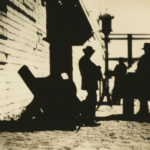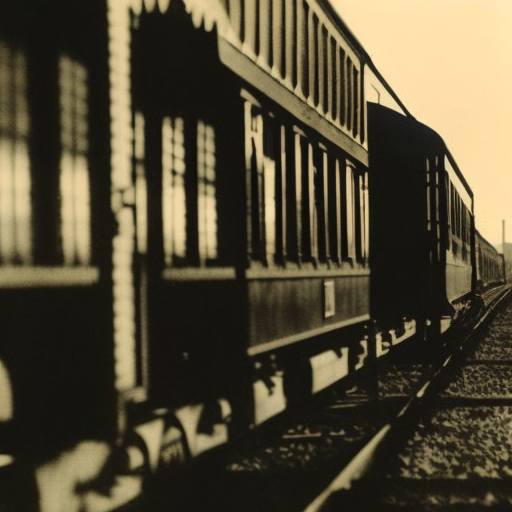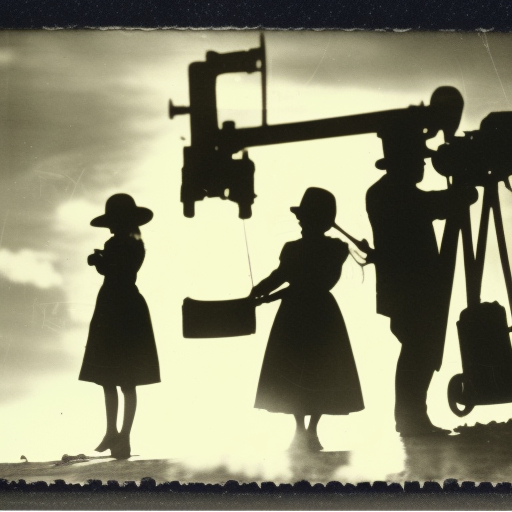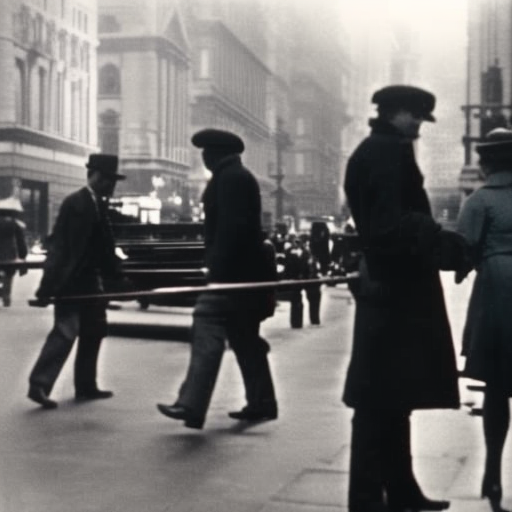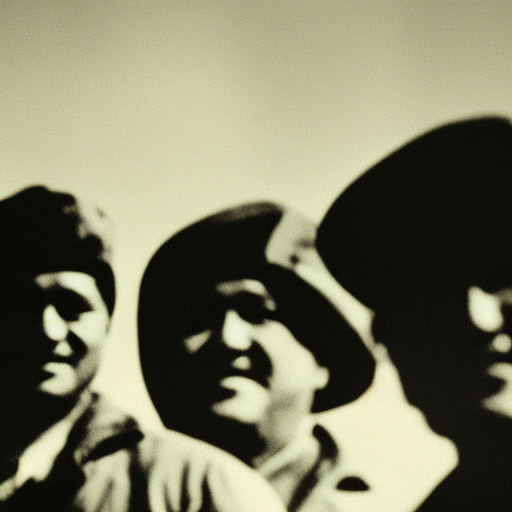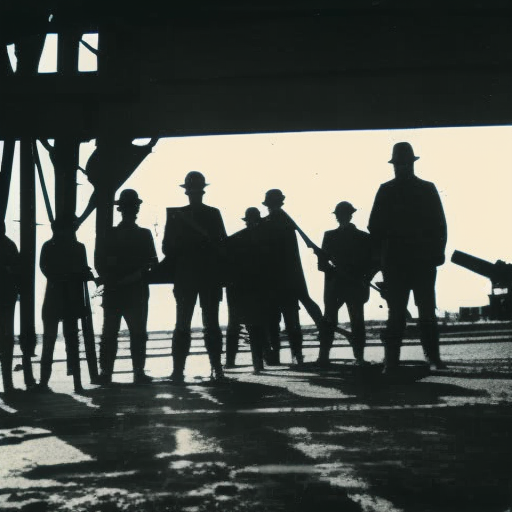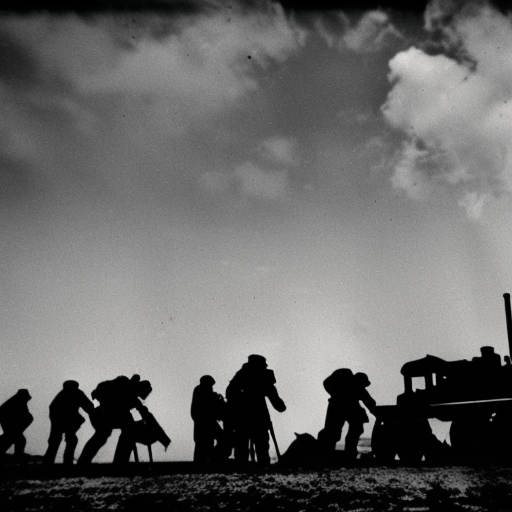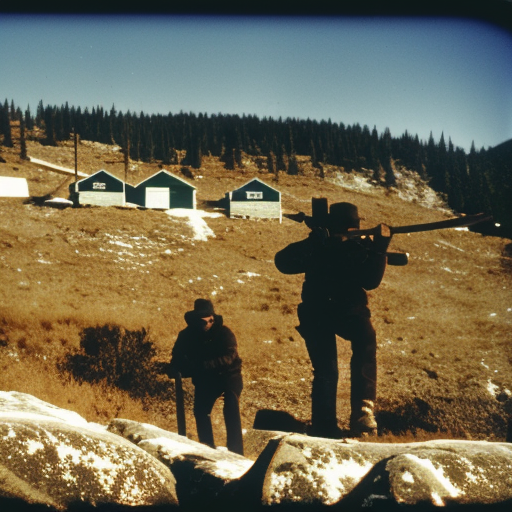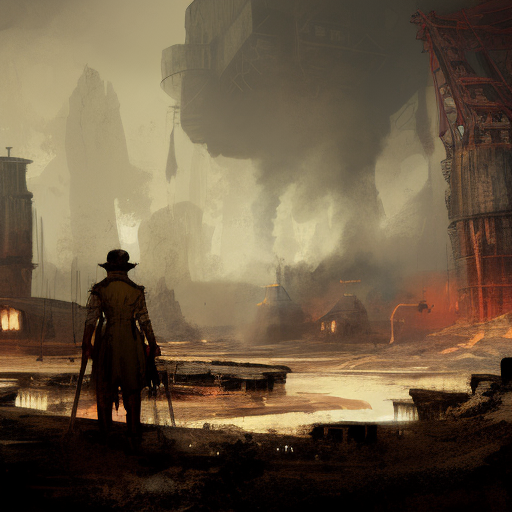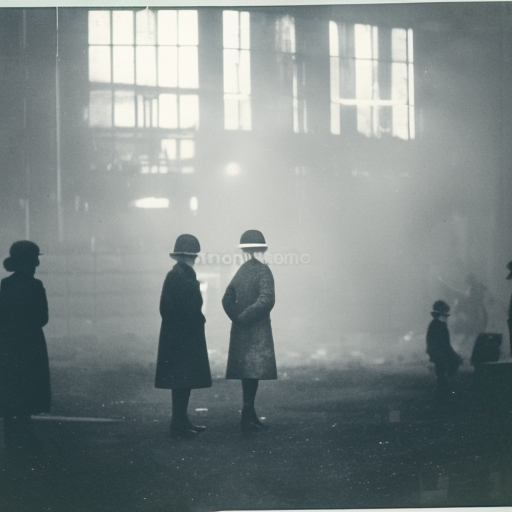The Pullman Strike was a nationwide railroad strike in 1894 that resulted in violent clashes between workers and the government, leading to significant labor reforms.
The Wagner Act (1935) Explained
The Wagner Act of 1935 was a landmark labor law that protected workers’ rights to organize and bargain collectively.
The Chicano Movement Explained
The Chicano Movement was a civil rights movement in the 1960s and 1970s that fought for the rights and empowerment of Mexican Americans.
The Haymarket Affair (1886) Explained
The Haymarket Affair was a labor protest turned violent in Chicago, resulting in the deaths of several people and the subsequent persecution of anarchist leaders.
Cesar Chavez Explained
Cesar Chavez was a prominent civil rights activist and labor leader who fought for the rights of farm workers in the United States.
Steel strike of 1919 Explained
The Steel strike of 1919 was a major labor conflict in the United States that involved over 350,000 steelworkers demanding higher wages and improved working conditions.
1981 warning strike in Poland Explained
The 1981 warning strike in Poland marked a significant turning point in the country’s history, foreshadowing the eventual formation of the Solidarity movement and challenging the communist regime’s authority.
Newfoundland Loggers’ Strike Explained
The Newfoundland Loggers’ Strike was a significant labor dispute in 1959 that led to improved working conditions and wages for loggers in Newfoundland and Labrador.
Germinal Summary
Germinal” by Émile Zola is a powerful and realistic portrayal of the struggles and hardships faced by coal miners in 19th century France.
Triangle Shirtwaist Factory fire Explained
The Triangle Shirtwaist Factory fire was a tragic industrial disaster in 1911 that resulted in the deaths of 146 garment workers and led to significant labor reforms.





